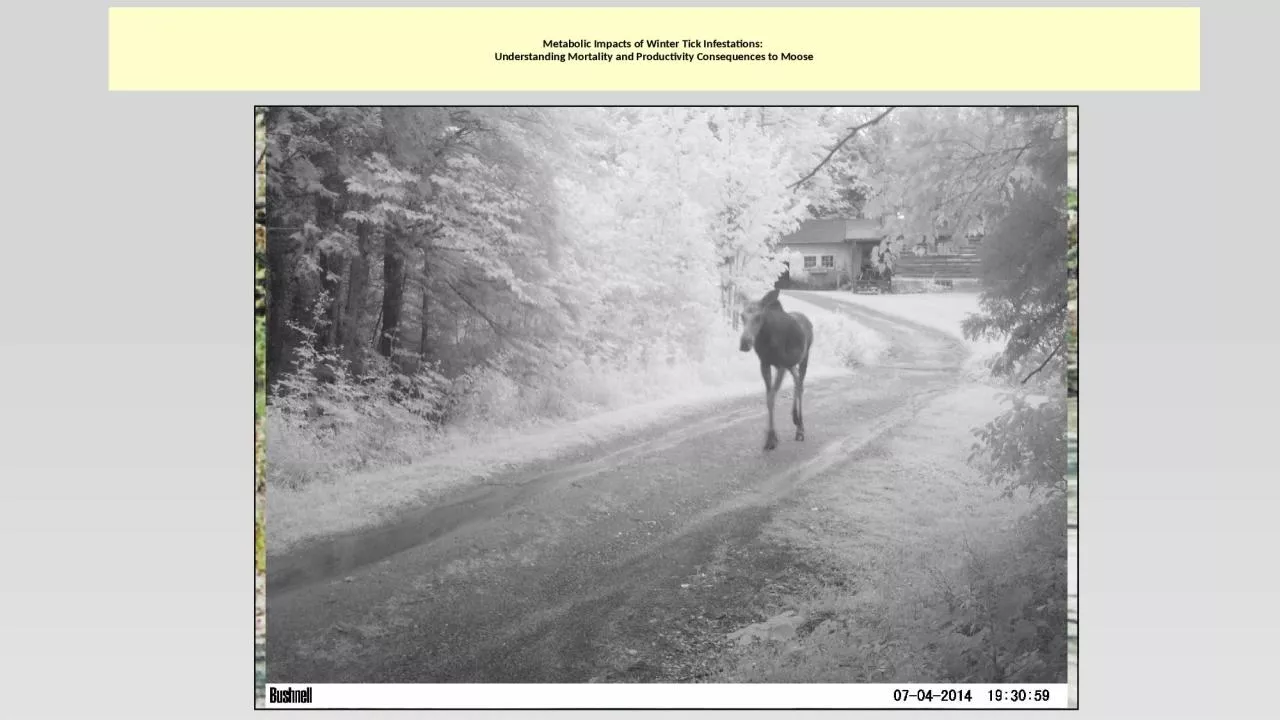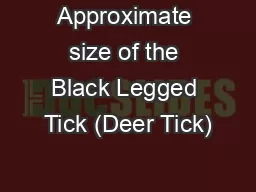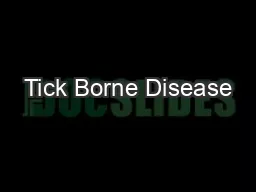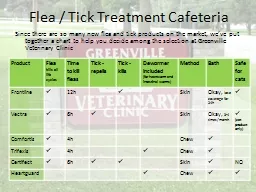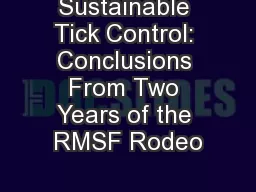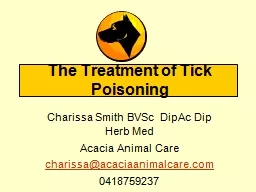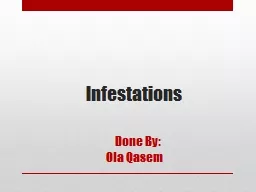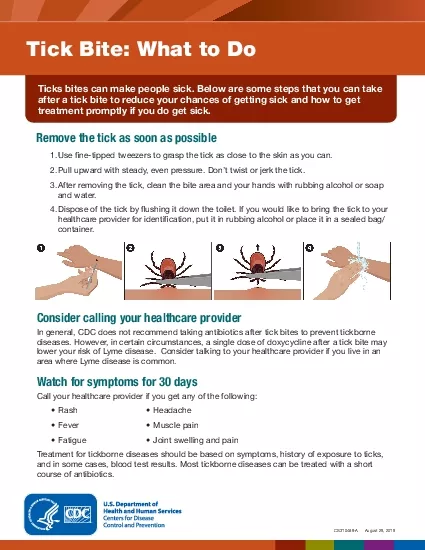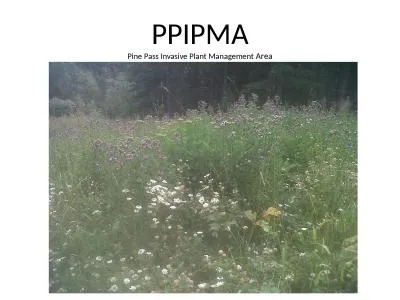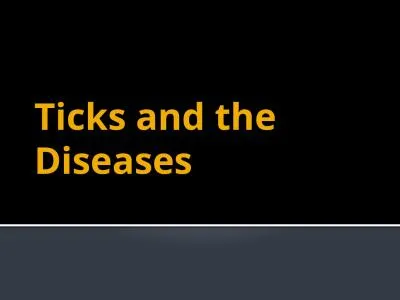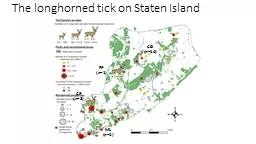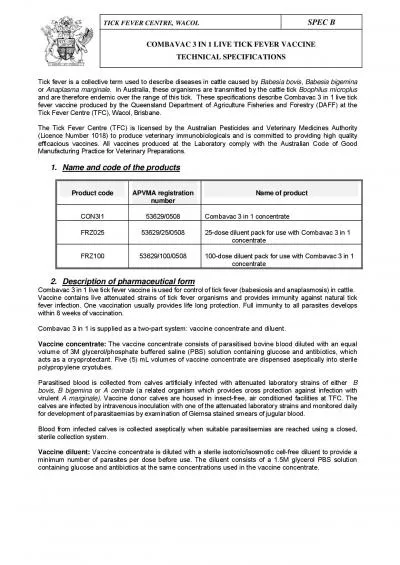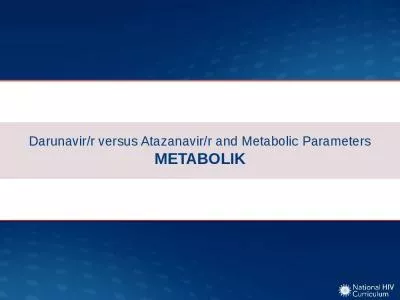PPT-Metabolic Impacts of Winter Tick Infestations:
Author : natalie | Published Date : 2022-06-11
Understanding Mortality and Productivity Consequences to Moose g Population Modeling New Hampshire 20022005 Model I radiomarked fecundity and Model II harvest
Presentation Embed Code
Download Presentation
Download Presentation The PPT/PDF document "Metabolic Impacts of Winter Tick Infest..." is the property of its rightful owner. Permission is granted to download and print the materials on this website for personal, non-commercial use only, and to display it on your personal computer provided you do not modify the materials and that you retain all copyright notices contained in the materials. By downloading content from our website, you accept the terms of this agreement.
Metabolic Impacts of Winter Tick Infestations:: Transcript
Download Rules Of Document
"Metabolic Impacts of Winter Tick Infestations:"The content belongs to its owner. You may download and print it for personal use, without modification, and keep all copyright notices. By downloading, you agree to these terms.
Related Documents

